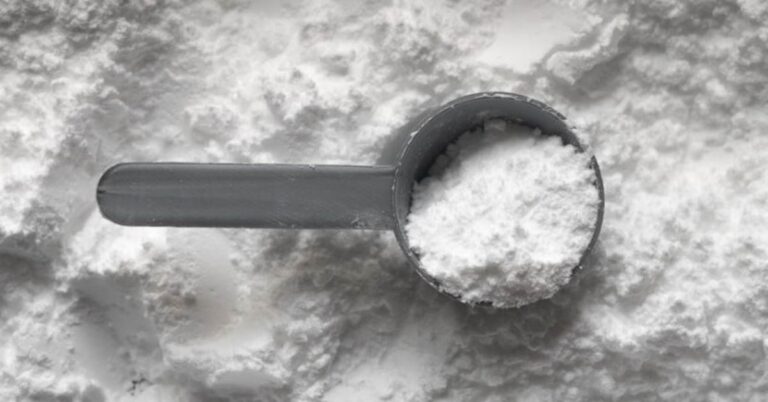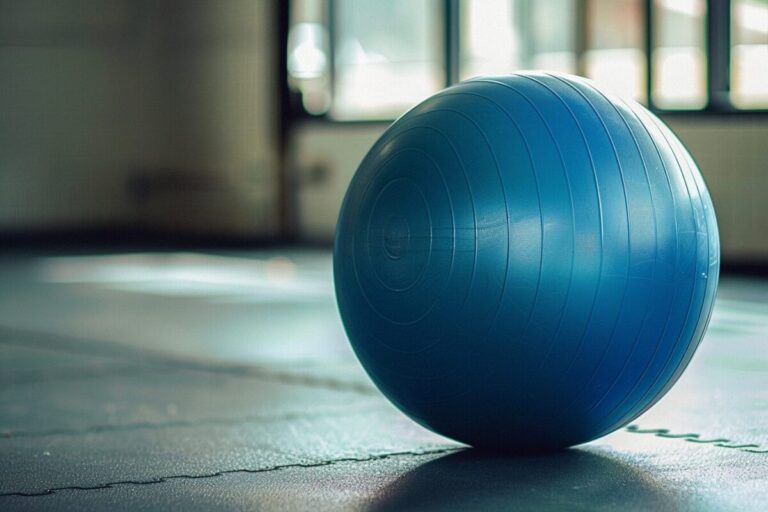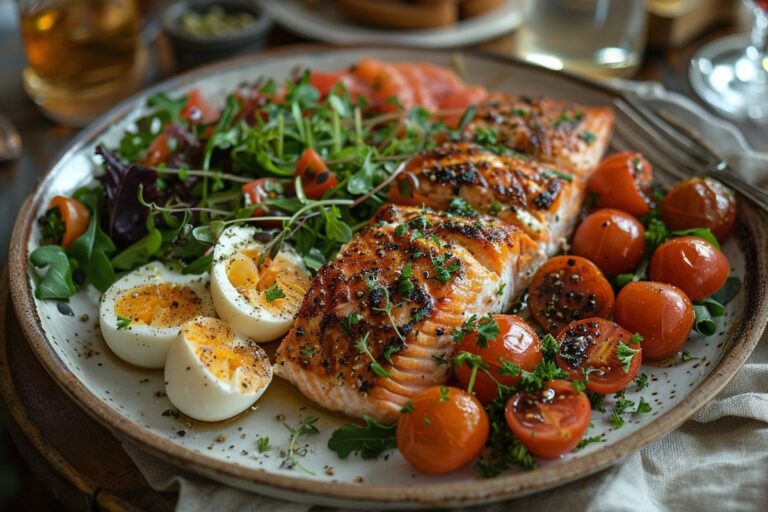Push-ups are often considered one of the most effective bodyweight exercises, and probably the most popular.
While they’re commonly known for working the chest, shoulders, and triceps, there’s more to them than meets the eye.
If you’re wondering whether push-ups can help reduce belly fat, read on for some valuable insights.
Do Push-Ups Help Decrease Abdominal Fat?
Doing push-ups can help you burn more calories and boost your metabolic rate, both essential for losing belly fat.
The way you perform push-ups plays a role in how effective they are in shaping your body and increasing muscle tone.
These are two of the most important factors when it comes to reducing belly fat.
1. The Link Between Push-Ups and Belly Fat

Let’s start by clarifying a common misconception.
The idea of targeting specific areas for fat loss, like the belly, is not entirely accurate.
The key to reducing body fat effectively involves a mix of exercise and a balanced diet.
While push-ups are often associated with upper body strength, they actually engage various muscles, including those in the core.
This includes the rectus abdominis, known as the six-pack muscles.
Regular push-ups contribute to calorie burning and overall muscle engagement, which can indirectly impact belly fat.
Remember, while push-ups alone won’t spot-reduce belly fat, they play a role in toning and strengthening core muscles when done consistently.
2. Engage Your Core with Push-Up Variations
Push-ups are renowned for engaging core muscles, but there are ways to intensify the focus on your abs.
By incorporating variations like staggered push-ups or elevating a hand, you create instability that challenges your core further.
For the more advanced of you, moves like one-arm push-ups or the Spiderman push-up can boost core activation significantly.
The Spiderman push-up involves lifting a leg with each rep, ramping up core engagement beyond the traditional push-up.
These tweaks elevate the push-up into a dynamic core workout that builds strength and stability.
3. Boost Your Push-Up Count
Push-ups are beneficial for burning calories and reducing body fat.
While push-ups may not result in a significant calorie burn individually, they still contribute to overall calorie expenditure.
As an average, you could say that doing one minute of push-ups would burn approximately 7 calories.
Factors such as age, weight, and metabolic rate can influence the exact calorie burn during push-ups.
But, push-ups DO burn calories.
So, it makes sense that if you want to burn more calories (and body fat), you increase the number of push-ups you’re doing on a daily basis.
To enhance calorie burning and fat loss, increasing the frequency of push-ups can be effective.
Incorporating push-ups into your daily routine can help boost metabolism and contribute to fat reduction.
Additionally, varying push-up routines, such as ladder workouts or density training, can provide a more challenging and diverse exercise experience.
For a ladder workout, I would typically go from 20 reps down to one rep.
Basically, you start off at 20 reps and reduce by one rep every set.
By the end of the workout, you will have performed 210 reps of push-ups.
For density training, this will simply involve setting a timer and getting as many push-ups in as possible.
You can just aim for as many reps per set as possible, or complete a certain number of reps with regular rest intervals.
However, this is a great way to get a lot of push-ups done in a short space of time.
These techniques can be adjusted based on individual fitness levels to maximize benefits.
4. Try Different Types of Push-Ups

When it comes to push-ups, incorporating core-focused variations can be beneficial.
It’s important to keep your workouts varied to prevent plateaus as the body adapts quickly to exercise routines.
While many stick to standard push-ups, there’s a wide array of versions to explore that target muscles from various angles.
By introducing variety, you engage different muscle groups and keep your body challenged.
Check out Simeon Panda’s compilation of 30 push-up variations, ranging from beginner-friendly to advanced options, to diversify your workout routine and optimize fat-burning potential.
These range from beginner to advanced, and the variety will definitely help increase your body’s fat-burning capabilities.
5. Adjust the Pace of Your Push-Ups
Varying your push-up pace can bring a new dimension to your workout.
You might think speeding through push-ups enhances the aerobic benefits, which is true as long as your form stays strong.
Conversely, slowing down each push-up increases time under tension, promoting lean muscle growth.
This, in turn, boosts your metabolic rate, aiding in calorie and fat burning even during rest periods.
Trying a slower tempo of 5-10 seconds per rep challenges your muscles in a different way, though you may not achieve the same rep count as usual.
Closing Thoughts
When it comes to reducing belly fat, push-ups can help, but not in the way you might expect.
The best approach involves full-body workouts and maintaining a balanced diet.
Remember, you can’t target specific areas for fat loss. By focusing on overall body fat reduction through healthy eating and exercise, your waistline will gradually shrink.







